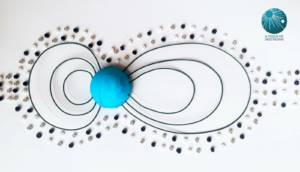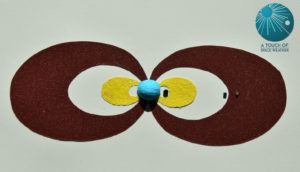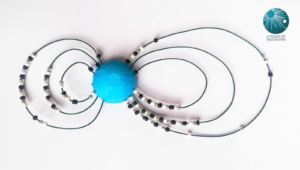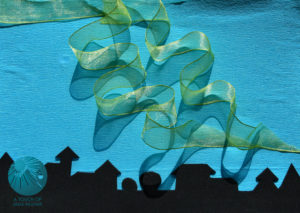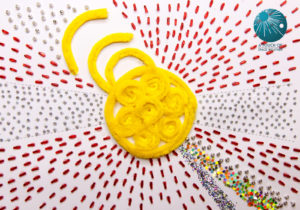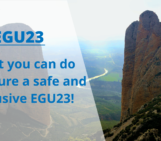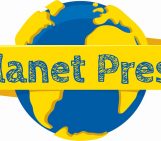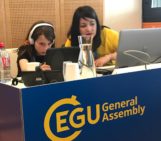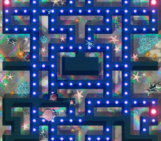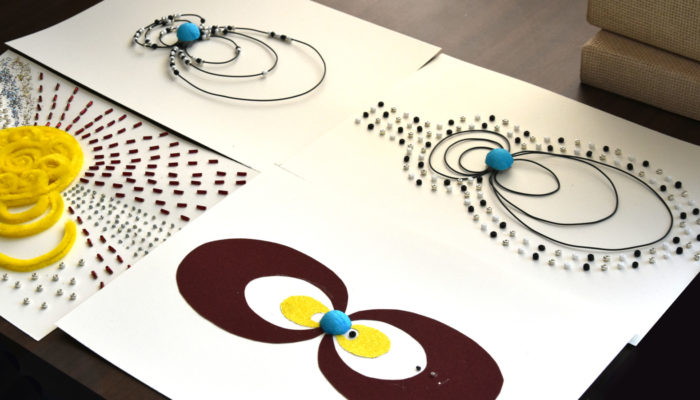
We can all probably agree that the Northern Lights are one of the world’s most spectacular natural displays. But how do we share this beauty with children who are blind? How do we explain the processes behind the aurora creation to the visually impaired when all the illustrations of Earth’s magnetosphere are in 2D?
The Northern Lights are just one of the consequences of ‘space weather’. Space weather results from changing conditions of the space environment mainly due to solar activity. Scientists observe solar storms, eruptions and other phenomena that influences Earth’s magnetosphere and atmosphere. The other products of space weather are definitely not as breathtaking. Still, they can cause real damage to our infrastructure and electronics both on the ground and in orbit. In some cases, even human health can be endangered, due to solar tantrums. Space weather is a great field to explain science, as it influences nearly every day of human life, and people can, therefore, easily relate to it.
Space weather for your ears…
With our project, A Touch of Space Weather, we have created a series of audio booklets that explain various topics related to space weather, such as the Sun, Earth’s atmosphere, or Moon exploration. The topics were chosen with teachers and assistants of blind and visually impaired students, so they can fit into secondary school lessons, for students aged 11-16. In addition, the audio booklets are reviewed by professional transcribers who work on narrations of movies for blind and visually impaired audiences. This way we can ensure that these students can clearly imagine the complex processes behind space weather impacts from the detailed descriptions.
Space weather for your hands…
In the proposal submitted for the EGU Public Engagement Grant, we originally wanted to develop one 3D (tactile) image to summarise space weather effects and impacts. However, when discussing the idea with blind and visually impaired students, we soon realised that one image is insufficient when explaining space weather. Like children without visual impairment, blind and visually impaired children needed to visualise/imagine the first-time-heard terms, such as ‘magnetosphere’ or ‘solar wind’. Therefore, we have developed nine tactile images showing the Sun, Earth’s atmosphere, Earth’s magnetosphere, aurora, and radiation belts, but also tactile images explaining some space weather impacts, such as loss of radio communication and power system blackouts.
- Magnetosphere tactile image
- Radiation belts tactile image
- Aurora formation tactile image
- Aurora tactile image
- Sun tactile image
All tactile images are created from materials that are not expensive and easy to get in hobby shops. Therefore, anyone can easily recreate them, including parents, friends, and teachers of blind and visually impaired children. The instructions and video tutorials are published on the project website.
Guides to make your own tactile images: the Sun, the Magnetosphere and Aurora formation, with more coming soon!
To truly engage blind and visually impaired students, we visited two schools focused on the needs of these specific students (De Kade and IRSA in Belgium ), where we presented our tactile images and briefly talked about space weather. The students were intrigued, and we received very good feedback. Some students were very moved when ‘feeling’ for the first time the aurora and its flow and experiencing the solar wind movement along the magnetic field lines of Earth. We also had discussions with their teachers, to help us understand their needs better, and these discussions are a vital part of creating these educational materials.
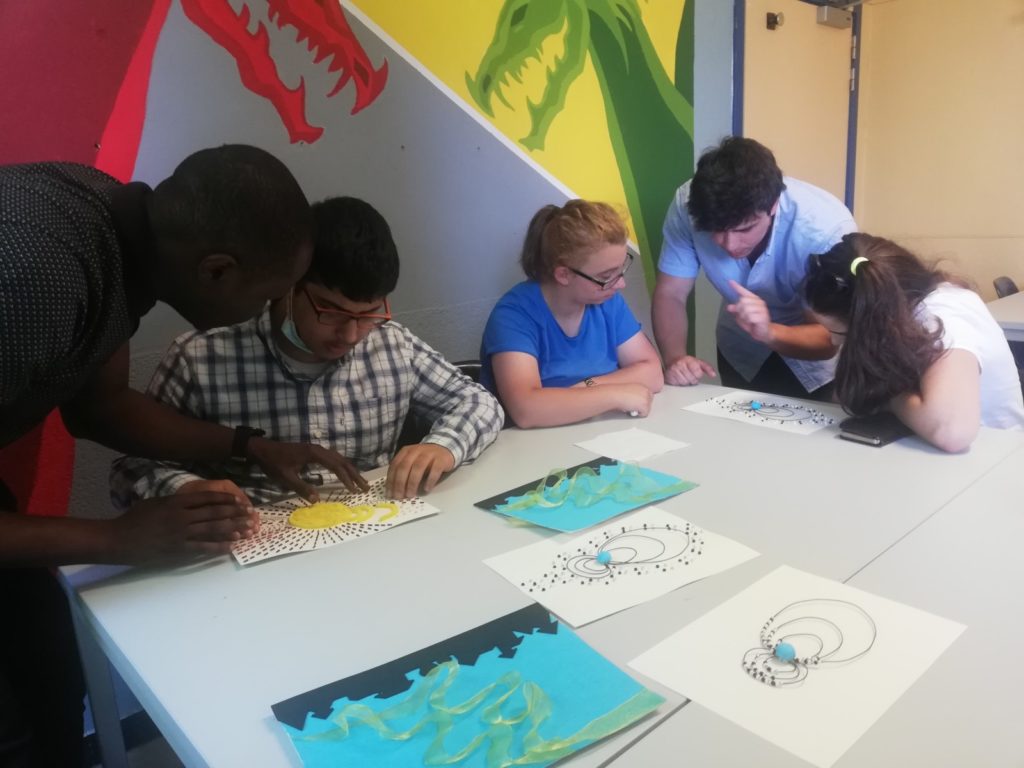
Blind and visually impaired students interact with the tactile images of space weather, assisted by teachers and researchers. Several tactile images are spread on grey tables in a brightly decorated room, in front of three students with two assistants, as they interact with the phenomena being described by the images. Image credit: Lenka Zychova
Learning about space weather is important in a world that is more and more dependent on satellite communication and nano chips. However, learning about inclusivity is a completely different topic and not less important.
We decided to engage children that are not blind or visually impaired to create their own tactile images, inspired by our images, through several workshops (Astropolis festival, Open Door Days at The Royal Belgian Institute for Space Aeronomy, and the visits to the European School, and Bogaert International School). This way, children learned not only about space weather but also about inclusivity.
The images that have been created will be sent to schools and centres for blind and visually impaired children in Belgium, together with the first audio booklets. Although this process is very exciting it is also one that takes time to get right, so we are planning the first deliveries for the end of 2023.
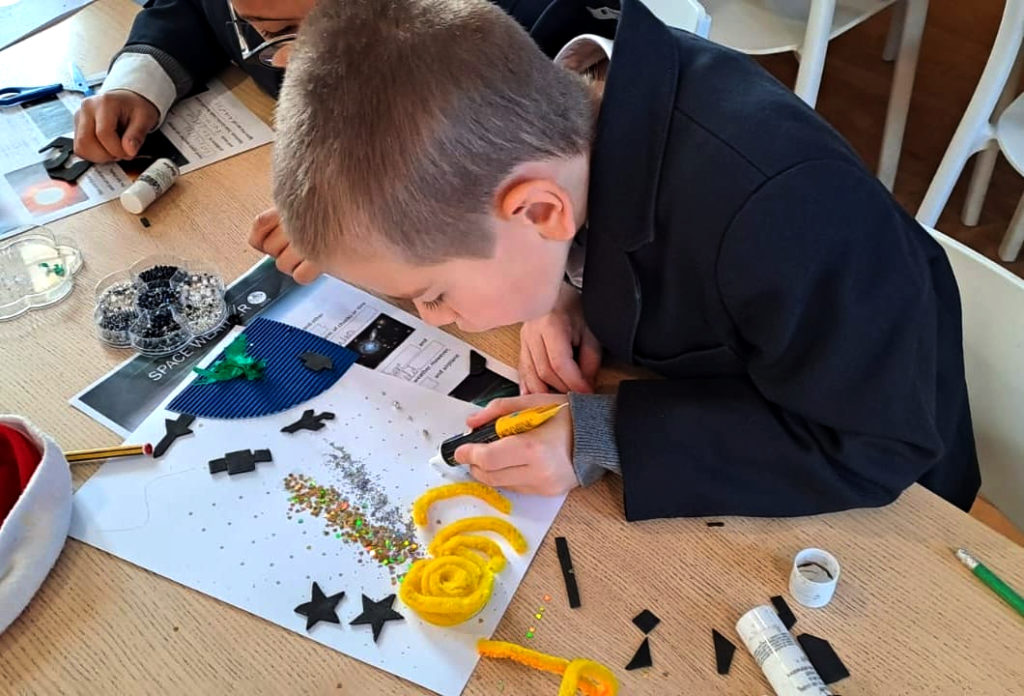
Young student at the Bogaert School creates a tactile image representing space weather, learning about the challenges blind and visually impaired students face. The student in a black jacket is creating an image with yellow pipe cleaners, glue, glitter and cut out sections of different textured paper. Image credit: Lenka Zychova
The project was financially supported by EGU and is based at the Royal Belgian Institute for Space Aeronomy in Belgium. For more information visit our website: https://www.a-touch-of-space-weather.be or the project’s Facebook page.

